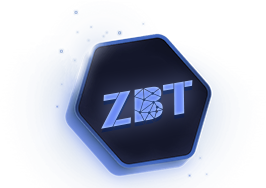What We Leave Behind, A Virtus.Pro Legacy
Views
Comments

The first time the CS:GO Major was hosted in the Spodek Arena in
Katowice was 2014. It was the second ever Major in CS:GO history and at
that event, Virtus.Pro broke out to international acclaim as they won
EMS One Katowice over NiP in the finals. Over five years have passed and
that Virtus.Pro lineup no longer exists and hasn’t since 2018. As we
head into the Champions Stage of the IEM Katowice 2019 Major, now is the
opportune time to reflect on the legacy of Virtus.Pro as that is the
true aim of all competitors at the Major. The battle for legacy.
The Virtus.Pro lineup of: Janusz “Snax” Pogorzelski, Pawel “byali”
Bielinski, Jaroslaw “PashaBiceps” Jarzabkowski, Filip “NEO” Kubski, and
Wiktor “TaZ” Wojtas transcended all of esports. Most lineups die within
three to six months. A vast majority of them die before the one year
mark. In Virtus.Pro’s case, their team lasted longer than a presidential
election. From September 2013 to Feb. 6, 2018 the five man lineup
lasted over four years and three months.
Virtus.Pro were an anomaly. An exception among exceptions. The only
team in any game to have lasted for that long and continue to find
competitive success. No team has fallen, risen, fallen, and risen again
to challenge for international titles. With so much history, there were
too many highlights to name.
Some remember them as the Virtus.Plow. The awe-inspiring T-side team
who crushed their opposition with dominating and aggressive tactics. The
nickname was bequeathed to them after a dominating victory at IEM
Katowice 2014. Virtus.Pro then slumped, to only then rise back up again
in 2015.
By that time, the CS:GO landscape had changed. NiP and VeryGames were
no longer the big forces in the world and had been usurped by the likes
of Fnatic, TSM, and EnVyUs. Many consider that to be the most
competitive era of CS:GO as the top teams were incredibly close. The
Fnatic lineup was the best Swedish lineup of all time and arguably the
greatest of all-time: Freddy “KRIMZ” Johansson, Jesper “JW” Wecksell,
Robin “flusha” Ronnquist, Olof “olofmeister” Kajbjer, and Markus
“pronax” Wallsten. The TSM lineup was one of the best the Danish lineups
ever assembled as it had: Finn “Karrigan” Andersen, Andreas “Xyp9x”
Hojsleth, Nicolai “device” Reedtz, Rene “cajunb” Borg, and Peter
“dupreeh” Rasmussen. The EnVyUs lineup was the best French team in CS:GO
history with: Vincent “Happy” Cervoni, Fabien “kioShiMa’ Fiey, Edouard
“SmithZz” Dubourdeaux, Richard “shox” Papillon, and Nathan “NBK”
Schmitt.
Virtus.Pro was competing with those teams for titles. At ESL One
Cologne, they were one round away from eliminating Fnatic in the
semifinals. To this day, that is the most iconic Fnatic series that
lineup ever played. Virtus.Pro had them dead to rights, but the team
called a timeout and pulled out an incredible comeback to win the map
and the series. Virtus.Pro’s games against TSM were legendary as they
put up some of the best Counter-Strike games in history. The best series
the two played was at ESL ESEA Pro League Invitational where they
dueled in a bo5 with Virtus.Pro coming out on top in a nailbiter 5th
game where VP won 16-14.
In 2016, Virtus.Pro slumped again. After hitting a funk, they were
once again able to find their way back to the top in the middle of 2016.
The world had changed again. This time, the Brazilian lineup of:
Gabriel “FalleN” Toledo, Marcelo “coldzera” David, Fernando “fer”
Alvarenga, Epitacio “TACO” de Melo, and Lincoln “fnx” Lau were sitting
upon the throne of Counter-Strike. At ESL One Cologne, that Brazilian
team was unstoppable. The only team that challenged them at all was
Virtus.Pro. In the semifinals of that Major, the two teams battled for
supremacy with SK coming out on top 2-1.
Soon after, the CS:GO scene shifted into the uncertainty era. After
SK won their second Major, they were unable to continue their dominance
over the scene and different teams kept winning each events. Among those
teams, the most consistent was Virtus.Pro as they won DreamHack
Bucharest and got two second places with losses to Na`Vi at ESL One New
York and North at EPICENTER.
The beginning of 2017 had Virtus.Pro battling Astralis in the ELeague
Atlanta Major Finals. It was another tense battle that went down to the
wire. Astralis were able to outplay Virtus.Pro in those finals and take
the Major. Soon after Virtus.Pro got their revenge at DreamHack Las
Vegas. Soon after, Virtus.Pro went into an irrecoverable slump and
resurrected one last time at EPICENTER where they battled SK in one of
the most epic bo5 finals of all-time.
Virtus.Pro played in so many different eras against so many different
teams. With so much history and so many different matches, it was hard
to pinpoint what exactly was Virtus.Pro’s legacy. Some point to their
tactical innovation. As a team, Virtus.Pro were continually able to get
out of slumps due to their ability to swap roles, create new tactics,
and set the meta on new maps. They did it with maps like Cache, Mirage,
Train, Cobblestone, and Nuke. Each time a new map came into the map
pool, they figured out how to play the map and often set the tone for
how the map was to be played from that point on.
When we look at the individual personalities, they were an eclectic
bunch. TaZ was the hype man and a warrior. Someone with a big spirit and
a bigger mouth. A totemic figure in the team whose natural personal
flamboyance translated into fantastic in-game aggression. NEO was the
legend. Arguably the greatest player to ever play CS 1.6, he was a smart
clutch player in CS:GO who only achieved star status from late 2016 to
early 2017. PashaBiceps was the aggressive hybrid player. A man who only
knew how to move in one direction, forward. Byali had incredible aim
and Snax had an instinctive level of play that allowed him to create
sensational plays with incredible levels of impact.
None of the players were anywhere close to all-arounders, each had a
specific niche or style of play they were the best at. When they
combined their disparate values and skills together, they became greater
than the sum of the parts and that is Virtus.Pro.
Their history, their style of play, their individual ticks, all of
these points are different facets of who they were and what made them
great. But for me, that wasn’t their legacy, but rather parts of it. If I
had to condense Virtus.Pro’s legacy to a single sentence it is this.
Even though Virtus.Pro lost many big matches in their careers, we always thought of them as winners.
It is a paradoxical thought. Nearly all of my fondest memories of
Virtus.Pro have them losing to the other team: Fnatic at ESL One Cologne
2015, SK at ESL One Cologne 2016, Na`Vi at ESL One New York, Astralis
at ELeague Atlanta, SK at EPICENTER. Yet the idea of them being
underperformers or chokers has never crossed my mind.
That is the crux of the matter. When I look back at those games now, it’s clear to see that Virtus.Pro left nothing behind them. Virtus.Pro never truly lost, they got beat. This is a distinction that Shane “rapha” Hendrixson made on Daniel “ddk” Kapadia’s podcasts where he says,
“I’d rather be beat than take a loss. A loss is my own fault where I made a mistake and handed the win to the other guy.”
This isn’t to say that the Virtus.Pro players never made a mistake,
the made plenty of them. After all, every player on that team had
distinctive strengths and weaknesses. What made Virtus.Pro special was
that in order to overcome that, they fought to win games, never to not
lose games. They never let games past by them, they always fought with
everything on the line. With other teams, you could always talk about
potential that a team has. With Virtus.Pro, that talk never came up
because what you saw in the server was what you got. Whatever amount of
skill and form they had on the day.
For me, that was their legacy. A warrior spirit that refused to die.
Every time the team fell down, they got back up. Each time a new era
came into being, Virtus.Pro forced themselves up back into the mix. For
Virtus.Pro, their greatness comes from the fact that they fought in
distinctive eras: the NiP era, the Fnatic era, the LG/SK era, the
uncertainty era, the beginning of the triumvirate in 2017, and one last
hurrah in the SK/FaZe rivalry at the end of 2017.
Virtus.Pro don’t have an era, but they are rivals to all of the
greats of nearly every era, whether that was NiP/VeryGames early on,
Fnatic/EnVyUs/TSM in 2015, LG/SK and Na`Vi in 2016, or Astralis in 2017.
No other five man lineup can boast of playing in such disparate eras
against such a wide array of teams.
When I think of Virtus.Pro and their legacy, it isn’t the victories
that inspire me with awe, but the defeats. Every time Virtus.Pro was
defeated, they forced their rivals to play to their absolute limits. Who
can forget Fnatic having to pull out a miracle pause at Cologne, Xyp9x
having to win an 1v2 on Overpass, gla1ve calling a masterful tactic on
Train, or coldzera and FalleN forced to pull out impossible clutches and
calls at EPICENTER?
Virtus.Pro’s legacy isn’t written in their victories, but in their
losses. Each time Virtus.Pro confronted a great of an era, they never
shied away. They never backed down from a fight. They fought for every
year, every month, every series, every map, and every round. They forced
greatness out of their rivals at every juncture, whether that was NiP,
LG/SK, Fnatic, or Astralis. If those teams could ascend, they became the
victors. If they couldn’t, then Virtus.Pro came out on top. For
Virtus.Pro, all of their victories came from the same spirit they
fought with in their losses.
As IEM Katowice 2019 heads into the Champions Stage, I couldn’t help
but reminisce about the Virtus.Pro’s legacy. After all, Katowice is
synonymous with that Virtus.Pro team. While none of their players will
be participating in this Major, their void has been filled with teams
and players looking to create or further their own history and their own
legends.
There is no better place to do that than in the playoffs of the
Majors. These matches are the moments that can define a player’s career.
Victory and defeat plays a large role in how a player or team is
viewed, but so does the spirit. After all, Virtus.Pro have lost huge
matches, yet we still think of them as warriors and winners. So when the
time comes, when you are in that arena with thousands of fans
screaming, with the pressure mounting, think upon the Virtus.Pro legacy.
And FIGHT.
Fight for every inch, every round, every breath. Fight till the last
vestiges of your being give out, then get back up and fight again. Force
every ounce of potential and greatness that you are capable of and
leave it on that stage.
For that is what Virtus.Pro have done. They fought for over four
years. Virtus.Pro fell many times, but each time, they got back up.
During those four years, they played in widely different eras and
against of the greatest teams of all time. They forced all of them to
their absolute limits and played exhilarating games that awe us even
today.
That is Virtus.Pro, a team with the force and drive to fight again and again. That is what they have left behind, that is the Virtus.Pro legacy.

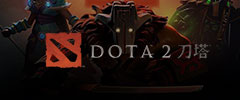
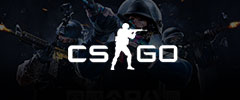


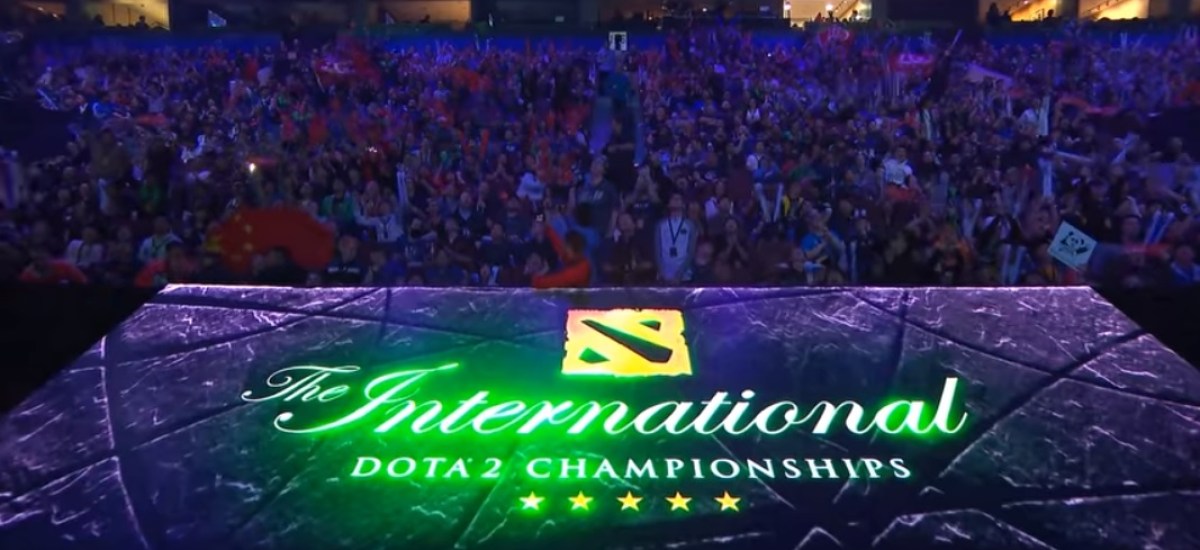
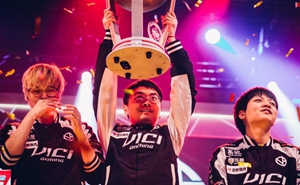
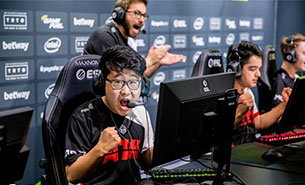
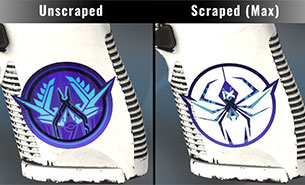
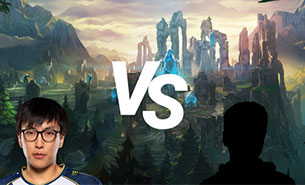
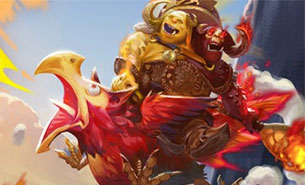
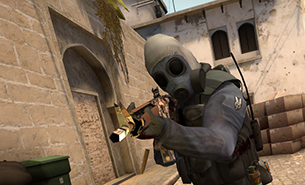
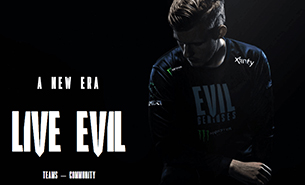
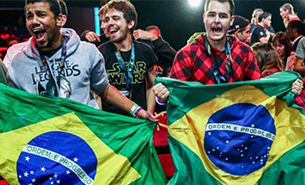
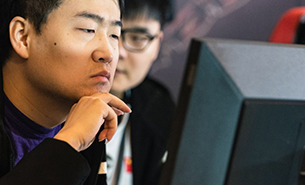
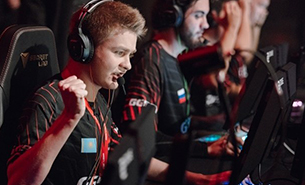
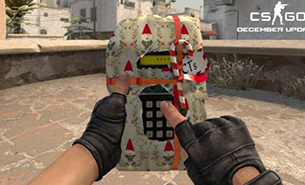


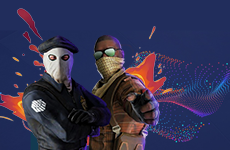
 Whalebank
Whalebank c5game
c5game



